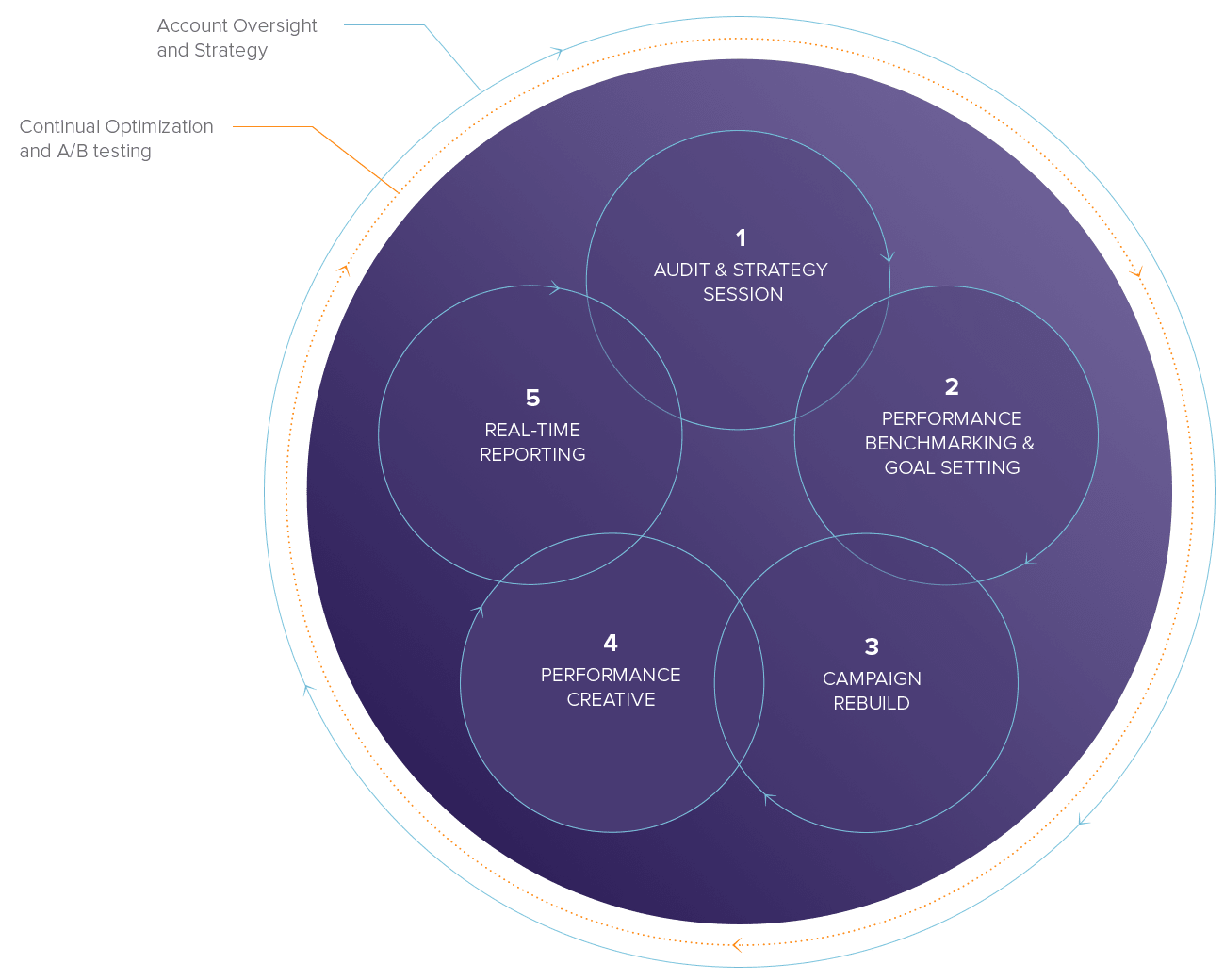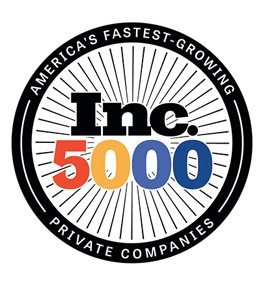Local Search for Business Owners – How to Get Started
Why Local Search?

Google likes national brands because of their inherent authority but Google also devotes significant space to popular local companies. Further, Google tailors search results to the individual searcher, taking geographic location into account. So local is powerful and important to your business!
Consider the incredible growth of mobile with mobile searches now exceeding desktop searches. These are usually searches on the go requiring hyper local results. Advances in wearables like the Apple Watch, also generate more proximity based search.
If I search for “best gelato” I don’t care about restaurants in Italy. I most likely want to know where I can go now, or later today, that is near my location. When you search for “emergency plumber,” you need someone reliable AND nearby!
What is Local SEO and Who Should do it?
Local SEO is the practice of optimizing your Web site for relevance to searchers based on their location.
Does your business have a brick and mortar location, i.e., a physical address? If so, you need to get your local SEO in order today.
Local search results have been changing over the last couple years. Google has tested “7-pack” and “3-pack” map results, a “carousel” of local thumbnails and more. These are primarily different ways of displaying the best possible local search results. Google also implemented a variety of important algorithm updates aimed at providing more accurate results based on proximity. What’s important to you as a business owner, though, is to optimize your site fully and properly for local search.
How to Do Local SEO
As explained above, local search is strongly influenced by the increasing use of mobile devices for search. Mobile friendly design is now a critical factor in ranking on cellphone based Google searches. So, if your site is not yet mobile friendly, 2016 is the time to make it so. This should be a top priority.
Otherwise, like SEO in general, it is helpful to categorize local SEO as Off-Page and On-Page.
Off-Page Local SEO
NAP – Ensure your site shows only your official name, address, and phone number (NAP). This should appear in one form everywhere you use it, on and off line. Do not introduce confusion with conflicting versions of your address or phone number.
Google My Business – Claim your Google My Business listing. Own this free Google listing and optimize it with your company information, correct NAP, business hours, photos and more. Post often, and keep it dynamic and current.
Local Citation Correction – Find all the local directories that list your site (like Yelp, the White Pages, the Yellow Pages, any color pages), and check the NAP on each of those. Once again, ensure your name, address and phone number appear in the same authoritative format every time. Even if these sites do not generate much traffic for you, they help Google validate your information. Contradictions could cause Google to delay your listing on Google My Business properties.
Claim Your Business Elsewhere – Create other local listings and social profiles, and optimize them. You can also use paid listings, with caution. There are many, high-quality, manually-curated, paid niche directories that can help increase your local digital footprint.
Reviews – You should be listed on sites that generate reviews, like Yelp and TripAdvisor. Don’t buy reviews – ever. And generally you have to be careful about sleazy solicitation of reviews as well. But you can beg all you want! Or, at least, nurture reviews – remind your clients where they can leave a review. Encourage them to share their experience purchasing from you. Then, log in regularly, and respond! Respond to positive reviews with appreciation. Be polite with negative reviews and see if you can turn those into customer success stories.
External Content and Links – Find relevant blogs that accept guest posts. Publishing press releases with relevant announcements to local news outlets is another good option. Build relationships with local bloggers, journalists and local content publishers of all kinds.
On-Page Local SEO
Localize Your Content – Update Meta tags and page headers with local keywords. Target long tail keywords. These may have low volume but they show strong intent on the part of the searcher.
Target Neighborhoods Over Cities – Use neighborhood nicknames and synonyms. The NY list, for example, is exhausting and ever changing (Fashion Ave, Hell’s Kitchen, Silicon Alley, Uptown, Downtown, UWS, UES, SOHO, Dumbo, Garment District, Meatpacking District). ! Stay on top. Consider whether your audience is more likely to use hip new terms, or older traditional names. Work these into your content.
Location Pages – If you have multiple physical locations, then build a page for each! And each should have unique content, to the best of your ability. It’s also a good idea to have a “Location Finder” with a search by zip or neighborhood function. Or provide a list of zips and neighborhoods, each linking to its own page.
Location-Specific Content – Wherever possible, offer content that is specific to your locations.
Thin Content is a No-No – Offer real content with real value. Short 200 word pages that repeat the same thing over and over again, will not garner much rank.
Blog – As always, we recommend maintaining a rich, dynamic blog, filled with local, relevant content.
What if Your Business is Not Local?
Google My Business allows for Service
 Area Businesses (SAB). Service Area Businesses (SAB) should create local pages, too, much like physical location pages. Base these on the areas you serve, and filled them with rich local content.
Area Businesses (SAB). Service Area Businesses (SAB) should create local pages, too, much like physical location pages. Base these on the areas you serve, and filled them with rich local content.
A home-based business can also list on Google as a service area business. And there are many directories that do not require a physical address or, will not show it.
A Word on Local PPC
Do not neglect local Paid Search campaigns. It’s often easier to compete in PPC in your keyword space for long tail, hyper-local terms. You can often rank well, quickly and inexpensively. Of course, here too, this depends on quality content and a good match between your paid ads and your landing pages. At the very least, a small paid campaign may be a good way to test some keywords and content before building out full SEO-targeted content on your site.
Analytics and Other Tools
Track your results in Google Analytics and Google Webmaster Tools (now called, “Google Search Console”). Check which pages serve as successful landing pages and which do not. Which pull people in and encourage them to dig deeper, contact you, or lead to a purchase. The others need work.
There are many tools that can help you understand your local digital presence. A good place to start is to get a clear view of your NAP occurrence and accuracy. Contact OpenMoves to learn about our Local SEO services and for a review of your digital presence.
And let us know how we can help.
Interested in learning more about SEO?
How Quickly Can You Get Me to the First Page of Google?












